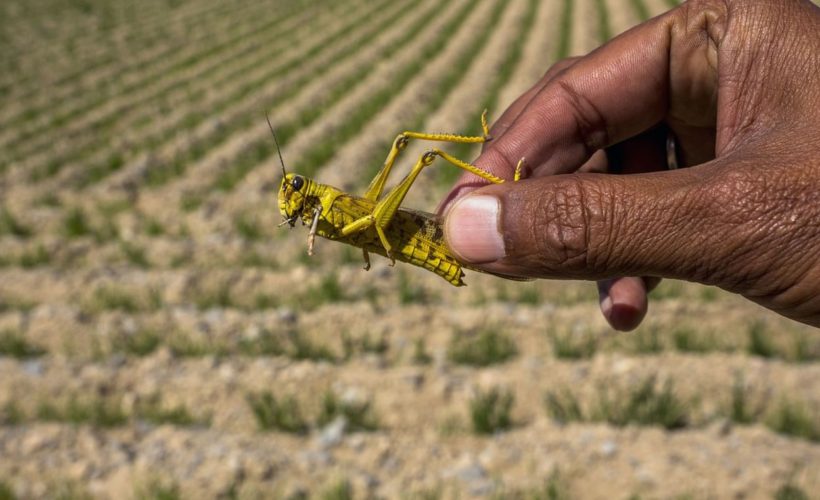
India is battling the worst desert locust outbreak in recent times.
As per the Union Agriculture Ministry data, locusts damaged crops worth Rs 10 crore during the 1926-31 plague cycle. During the 1940-46 and 1949-55 locust plague cycles, the damage was estimated at Rs 2 crore per cycle, and at Rs 50 lakh during the last locust plague cycle (1959-62).
The government does not consider locust upsurges during 1978 and 1993 and several in-between as major outbreaks. But as per the government records, 190 locusts swarms had attacked an area of at least 3,10,000 hectares in Jaiselmer, Barmer, Bhuj and Jalore districts of Rajasthan in 1993. Large areas in these districts again had to be treated with chemicals to get rid of locust swarms in 1997 and 2005.
The Rabi crop has already been harvested and the Kharif is yet to be planted. The horticulture and other vegetation have seen the damage. As per reports nearly 5,00,000 hectares of crops spread over Rajasthan have been destroyed. 16 out of 52 districts in Gujarat and 17 districts in Uttar Pradesh have reported an impact too.
The United Nations has said that there is a severe risk to the Indian agriculture sector this year because of these attacks.
Locust attacks this year have come earlier than usual. Generally, these incidents are reported in July to October period but the low wind pressure creating cyclones and storms has hastened the phenomenon.
What are locusts?
Let’s start at the beginning. Desert locusts are a variety of grasshoppers and can travel up to 150 km everyday eating everything on their way! They become dangerous when their population builds up rapidly and thus the proximity to human civilizations increases leading to attacks.
Locusts only fly during the day and as per wind direction and are known for feasting on all sorts of plants and standing crops.



